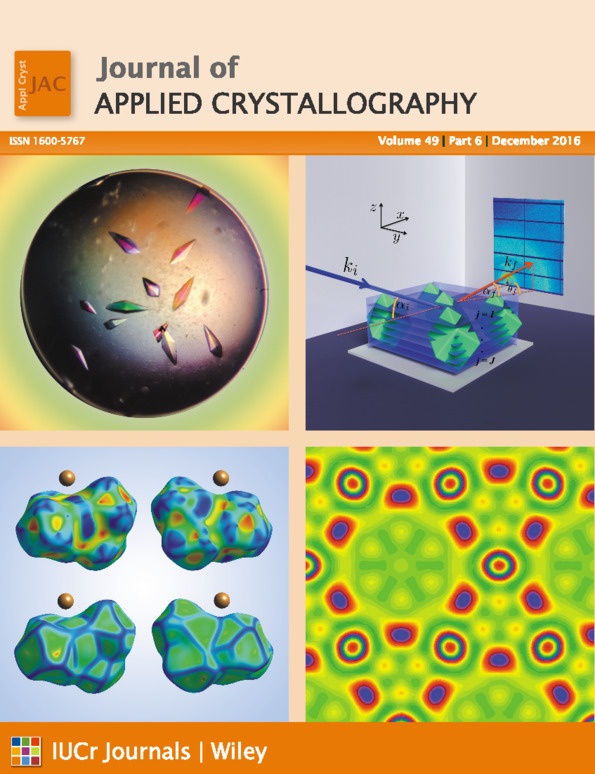Influence of stress on the properties of Ge nanocrystals in an SiO2 matrix
Abstract
In this work, self-assembled Ge quantum dot (QD) formation in a dielectric matrix is explored. Of particular interest were their structural and optical properties, in order to understand the stress build-up in such a process and its impact on the material properties during processing. To this end, thin films consisting of (Ge + SiO2)/SiO2 multilayers grown by RF magnetron sputtering were deposited at room temperature. Annealing of such films at 873 K in inert N2 atmosphere produced, at the position of the Ge-rich SiO2 layers, a high lateral density (about 1012 cm−2) of Ge QDs with a good crystallinity. SiO2 spacer layers separated the adjacent Ge-rich layers, where the Ge QDs were formed with a diameter of about the size of the (Ge + SiO2) as-deposited layer thickness, and created a good vertical repeatability, confirmed by the appearance of a Bragg sheet in two-dimensional small-angle X-ray scattering patterns. The structural analysis, by wide-angle X-ray diffraction, grazing-incidence small-angle X-ray scattering and transmission electron microscopy, has shown that the described processing of the films induced large compressive stress on the formed QDs. Optical analysis by time-resolved photoluminescence (PL) revealed that the high density of crystalline Ge QDs embedded in the amorphous SiO2 matrix produced a strong luminescence in the visible part of the spectrum at 2–2.5 eV photon energy. It is shown that the decay dynamics in this energy range are very fast, and therefore the transitions that create such PL are attributed to matrix defects present in the shell surrounding the Ge QD surface (interface region with the matrix). The measured PL peak, though wide at its half-width, when analysed in consecutive short spectral segments showed the same decay dynamics, suggesting the same mechanism of relaxation.




